For my first post of 2016 I offer you a photo display of some of the birds seen on the 2015 Christmas Bird Count (CBC) on Gabriola Island. The photos are by five Gabriola photographers – Shannon Gresham, Garry Davey, Zulis Yalte, Eileen Kaarsemaker, Douglas Green – and me.
Prolific on the gulf islands, Chestnut-backed Chickadees are chattery, always moving, playful, and open to hand-feeding.
Anna’s Hummingbirds live here year round. When temperatures fall below zero (that hasn’t happened much yet) the challenge is to keep the nectar from freezing.
A sparrow with bright red eyes, the Spotted Towhee has a loud squawk and a distinctive backward double-hop as he forages in leaf litter. Six of these sparrows, male and female, call our back garden home.
Male House Finches are extraordinary singers thanks to two voice boxes (syringes) they coordinate, essentially harmonizing with themselves. If you’re fascinated by the mechanics and science of birdsong, I recommend The Singing Life of Birds by Donald Kroodsma (2005), which includes a CD of bird songs.
I love listening to the twitter of the Song Sparrows in the honeysuckle over the pergola. It sounds like they’re whispering stories to one another.
Northern Flicker woodpeckers eat ants and are famous for drumming on metal roofs, making them quite an effective alarm clock.
Families of California Quail hang out on Gabriola roadsides. Along with our turkeys.
Since the turkeys are feral, they don’t officially get counted during the CBC. Until a few weeks ago seven of them slept on a telephone wire down the road from us every night. Now there are six. Did one become someone’s Christmas dinner?
Red-breasted Sapsuckers tolerate human proximity surprisingly well, which is nice for photographers. One of these gorgeous woodpeckers is spending a lot of time drilling for sap in our maple trees right now, perhaps one of the two counted during the CBC?
My favourite thing about the lovely Varied Thrush is its spring song, a mournful whistle reminiscent of a sad referee’s whistle.
Common Ravens are a common sight and sound on Gabriola Island. Their smaller crow cousins are not.
The Dark-eyed Junco, Oregon subspecies, is a common year round resident. Lately we’ve also seen some Slate-coloured varieties.
The west coast Fox Sparrow is the “Sooty” variety with a chocolate brown back that goes nicely with the yellow lower mandible.
Some migratory populations of Canada Geese no longer travel as far south in the winter as before. partly because grain is more available in fall and winter now.
The majestic Bald Eagle, spiritual symbol for Aboriginal people and national emblem of the USA, is a common coastal BC raptor. The adult Bald Eagle is not, of course, bald; he has a head of white feathers.
Up to the age of four years, immature Bald Eagles explore vast territories, sometimes flying hundreds of miles a day.
This is one of the seven Steller’s Jays that feed daily in our yard. One is always nearby, acting as a lookout, waiting for me to show up at the door with peanuts. The moment I do he starts calling in the crew. I love watching them fly in from all directions. (Yes, they have me trained.)
The buoyant Bufflehead, North America’s smallest diving duck, nests in holes made by Northern Flicker and Pileated woodpeckers.
Noisy red-billed pink-legged Black Oystercatchers are seen on rocky coasts along the west coast from Alaska to Baja California where they forage for mussels and limpets.
The American Wigeon, a dabbling duck, is becoming more abundant in the northwest.
The loud and very large Pileated Woodpecker drills distinctive rectangular-shaped holes in rotten wood to get at carpenter ants and other insects. Its holes provide shelter for swifts, owls, ducks, bats, and pine martens. It also likes homemade suet!
One of the most stunning wading birds anywhere, the graceful Great Blue Heron can strike like lightning when it sees a fish. The feathers on its chest continually grow and fray and the heron uses them like a washcloth to remove fish slime from its feathers.
I hope you enjoyed the show! A huge and heartfelt THANK YOU to the Gabriola Island photographers who so generously shared their photographs. You are all amazing!




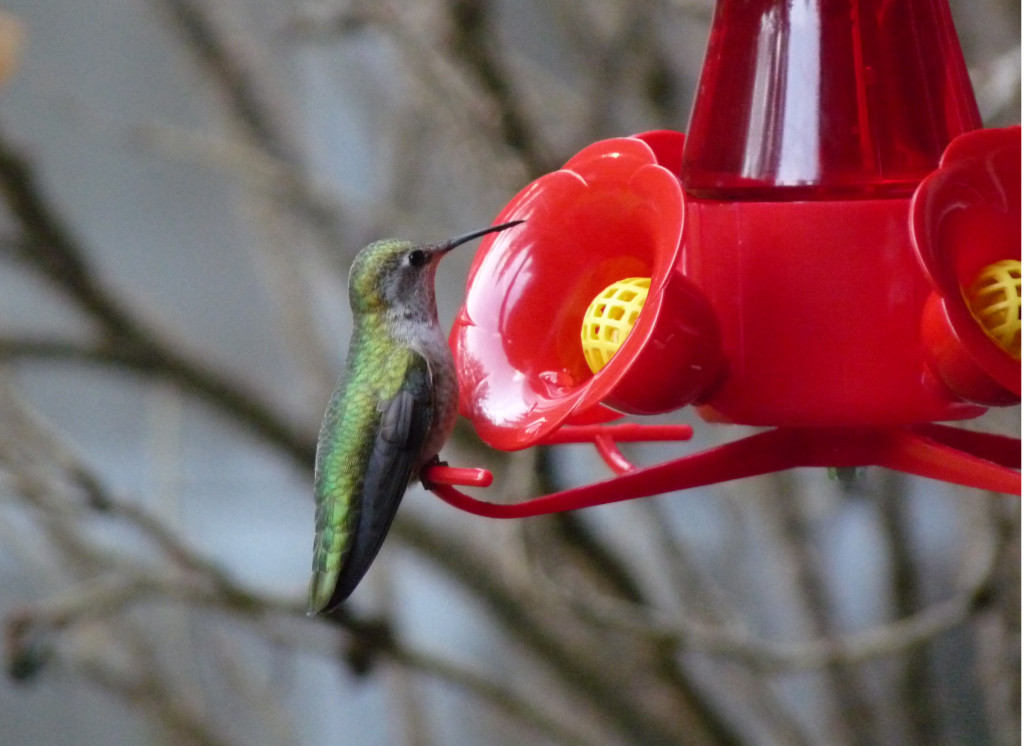
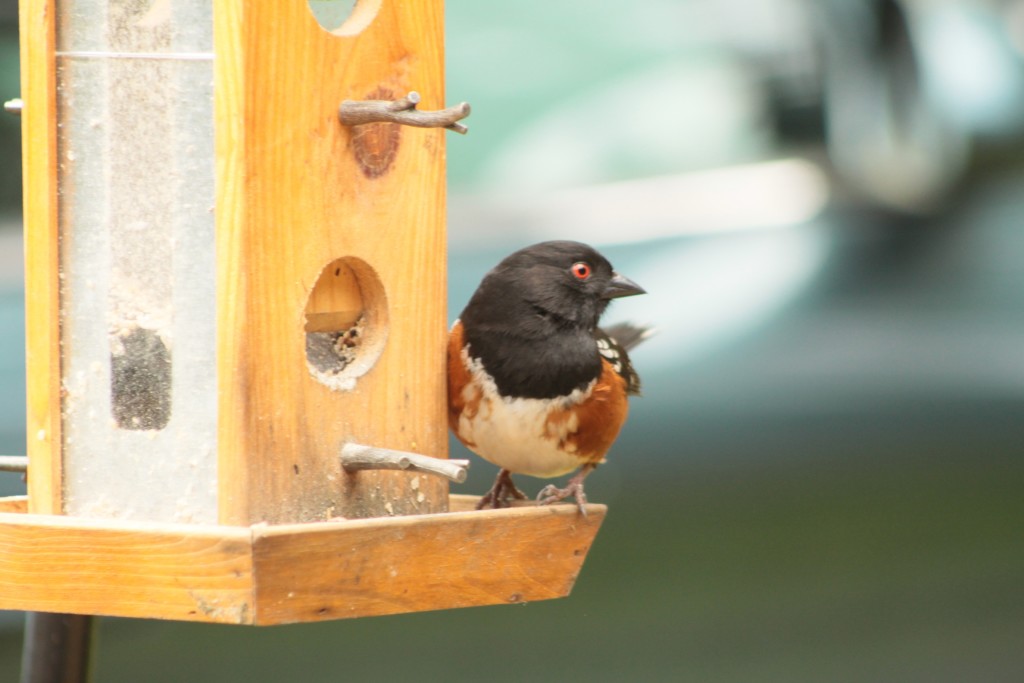
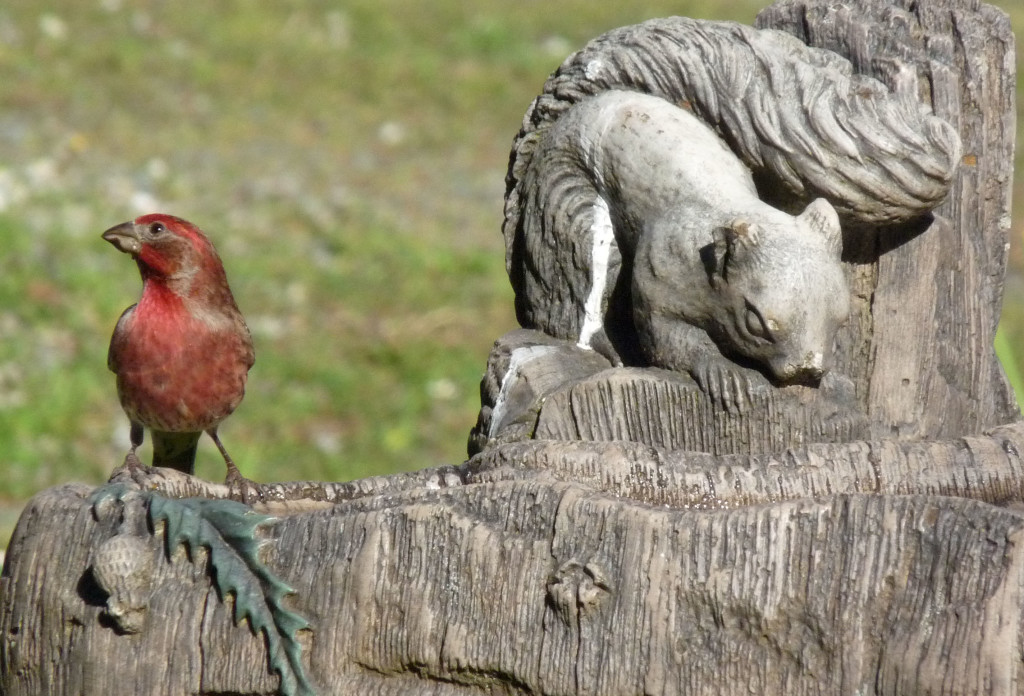
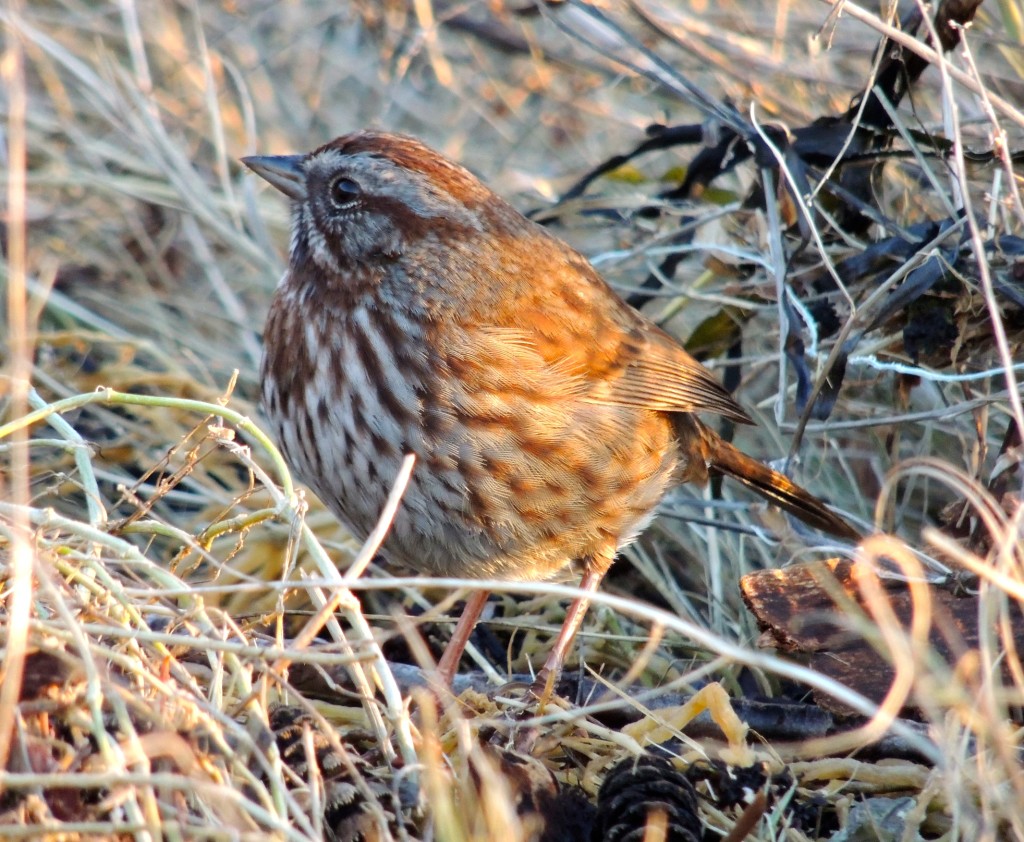


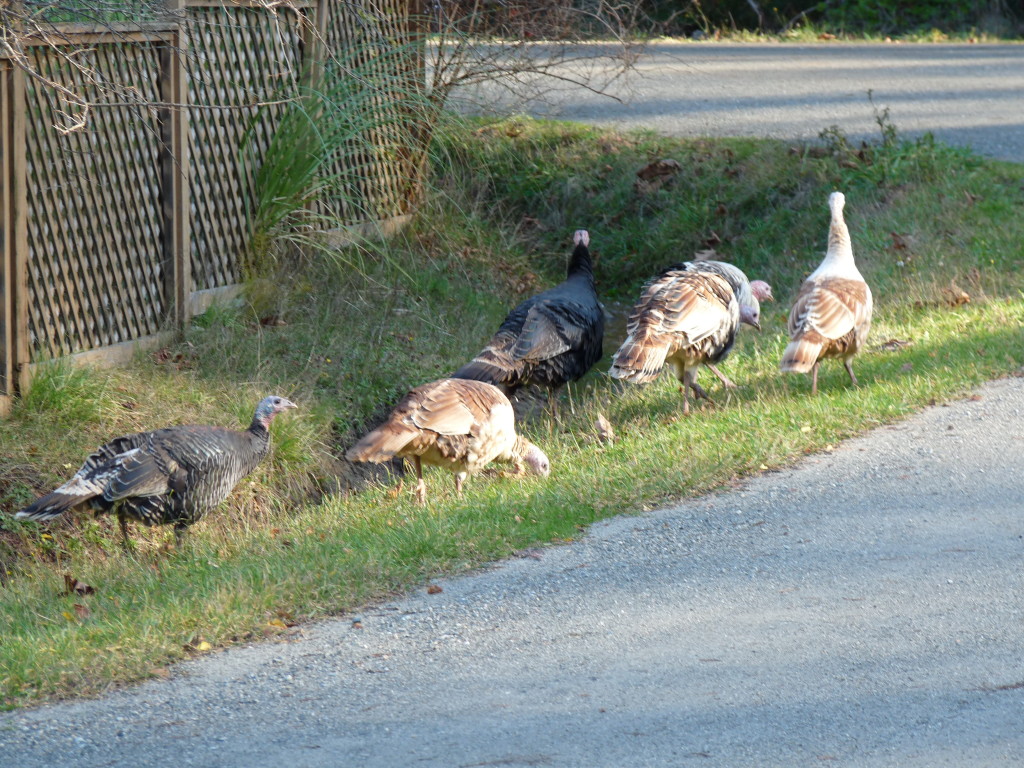
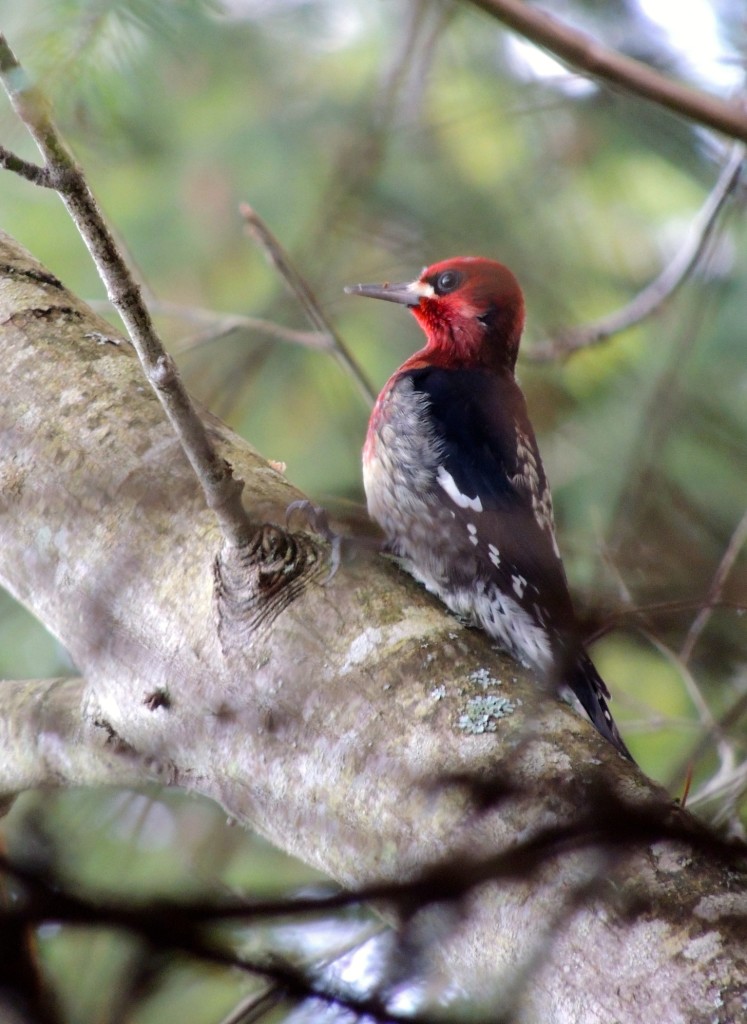

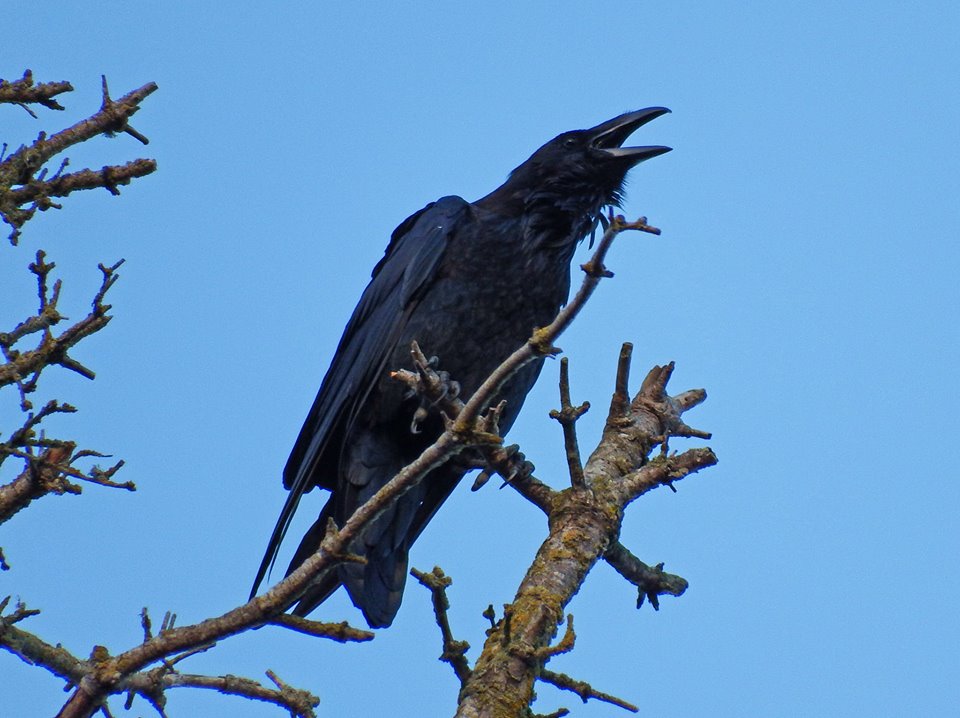
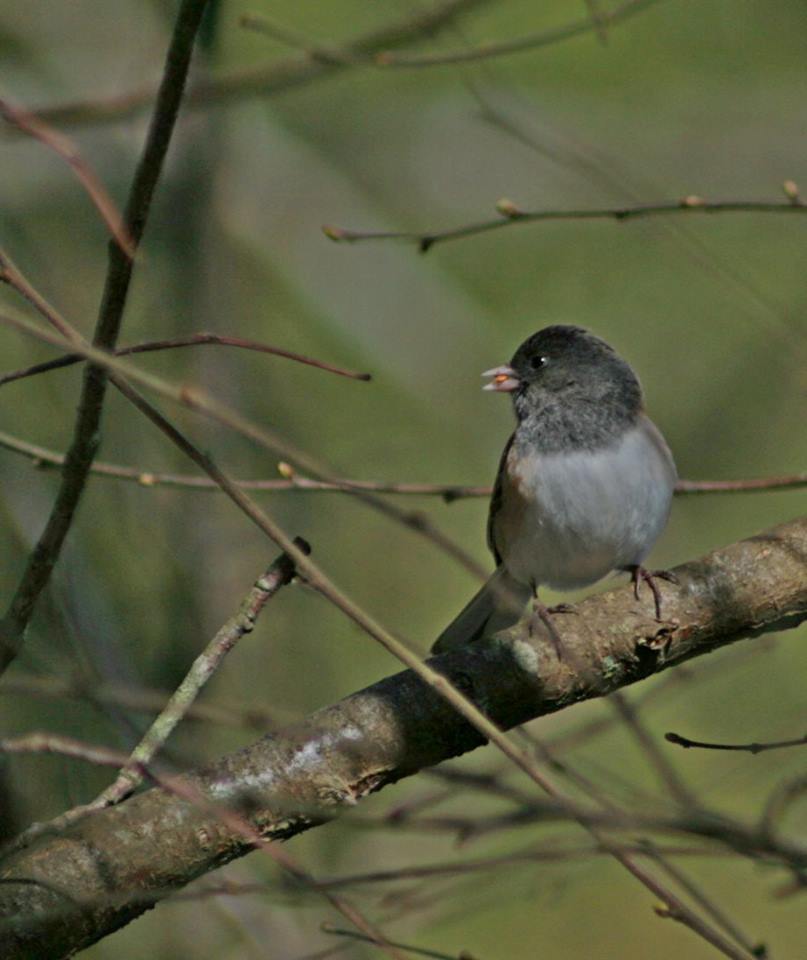
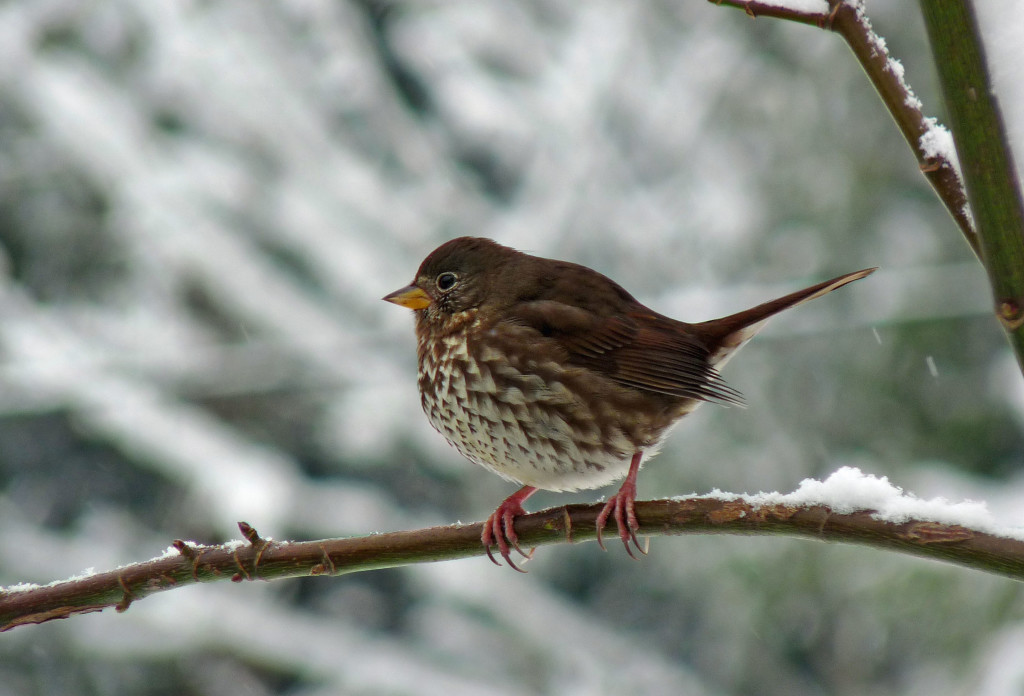
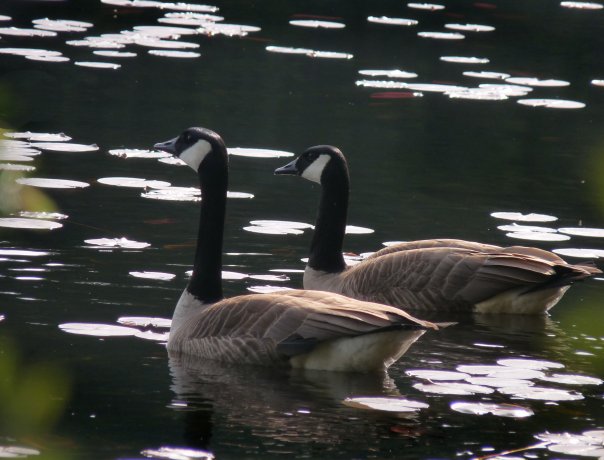
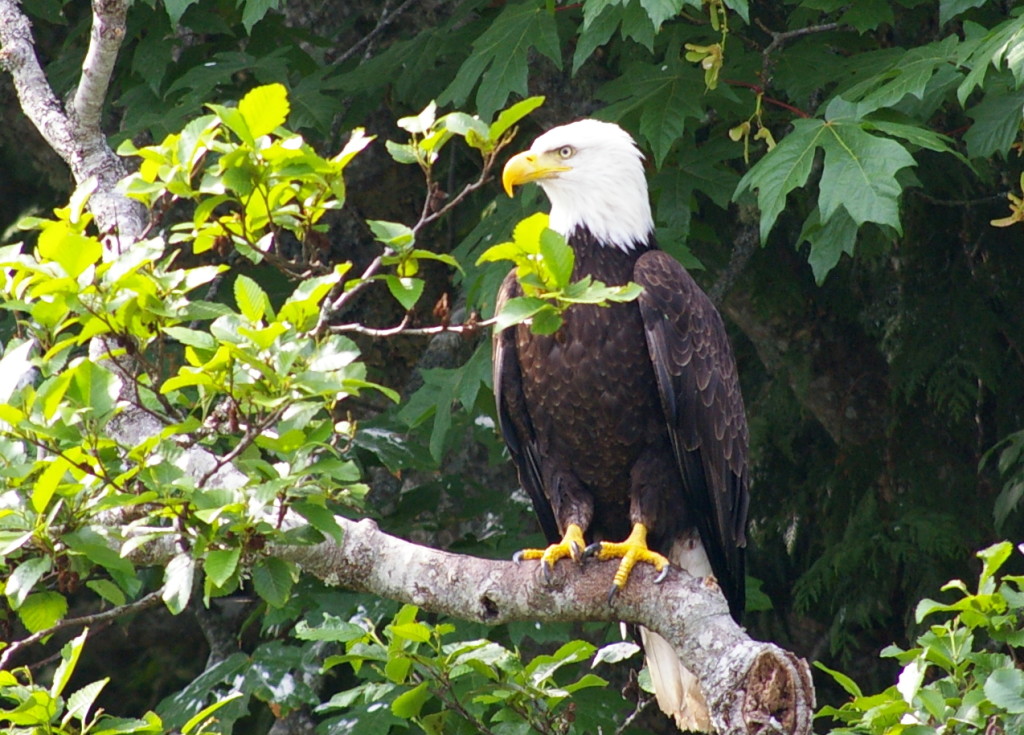


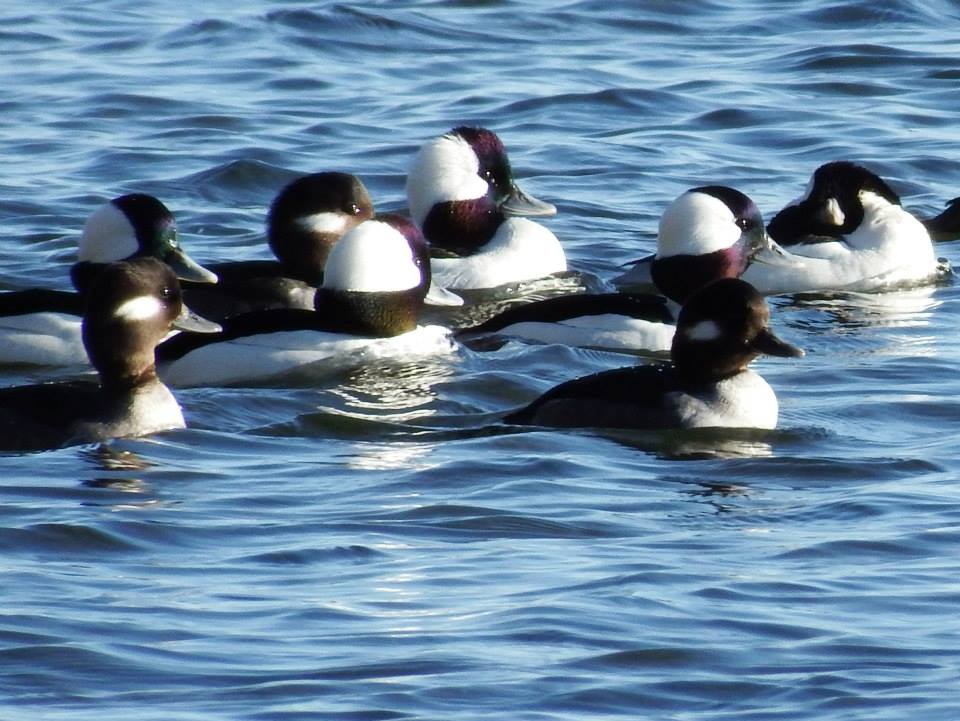

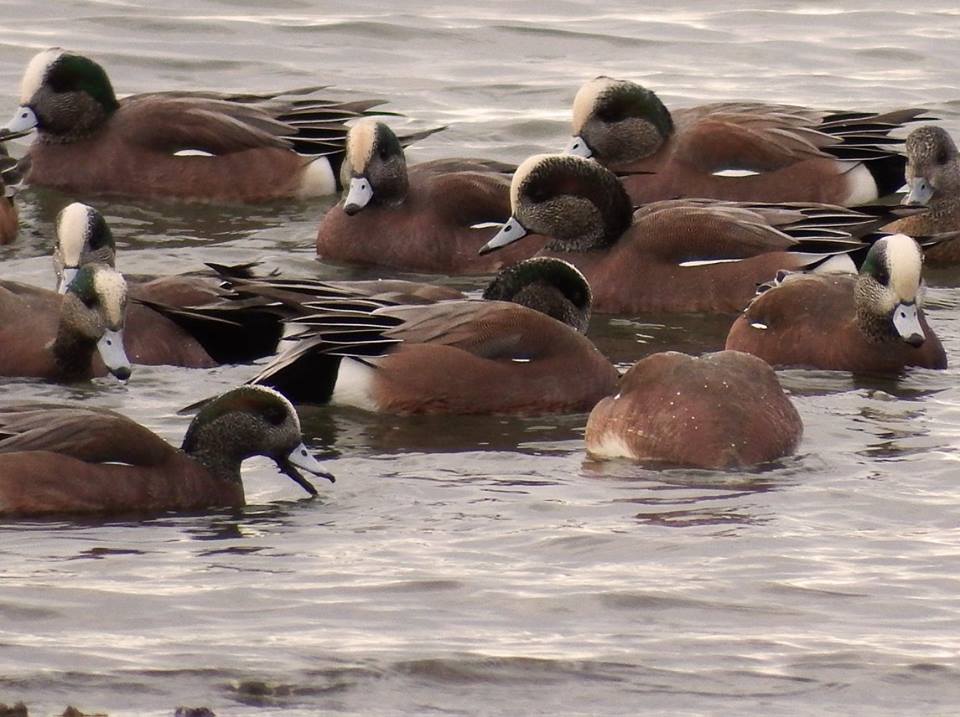
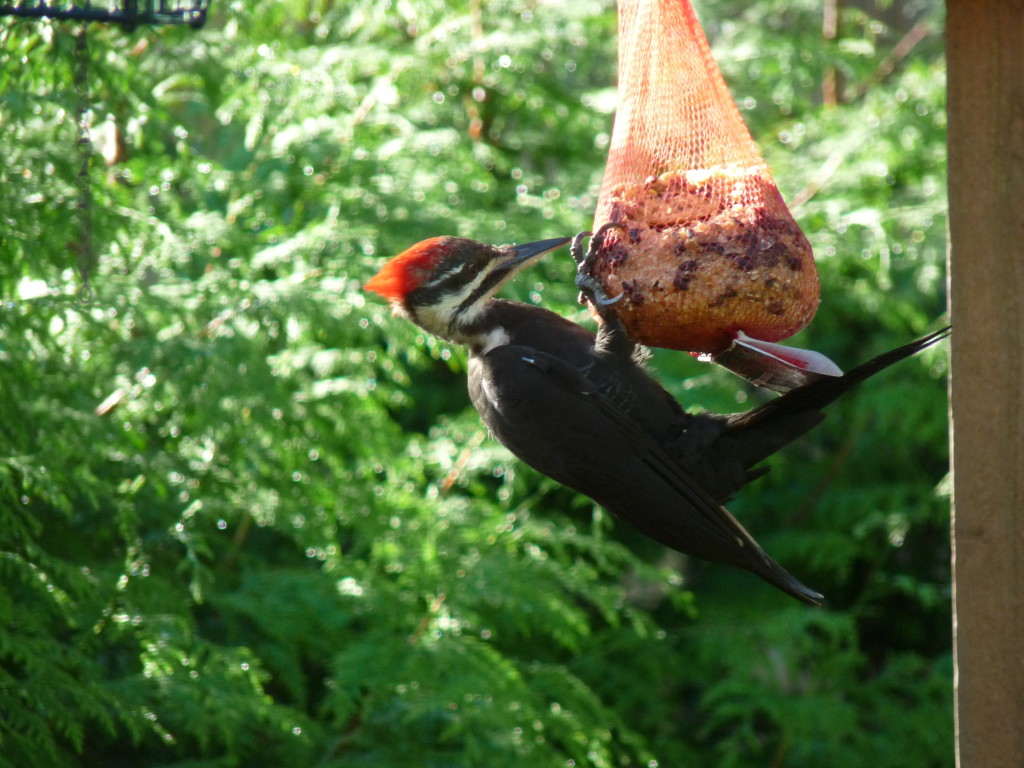
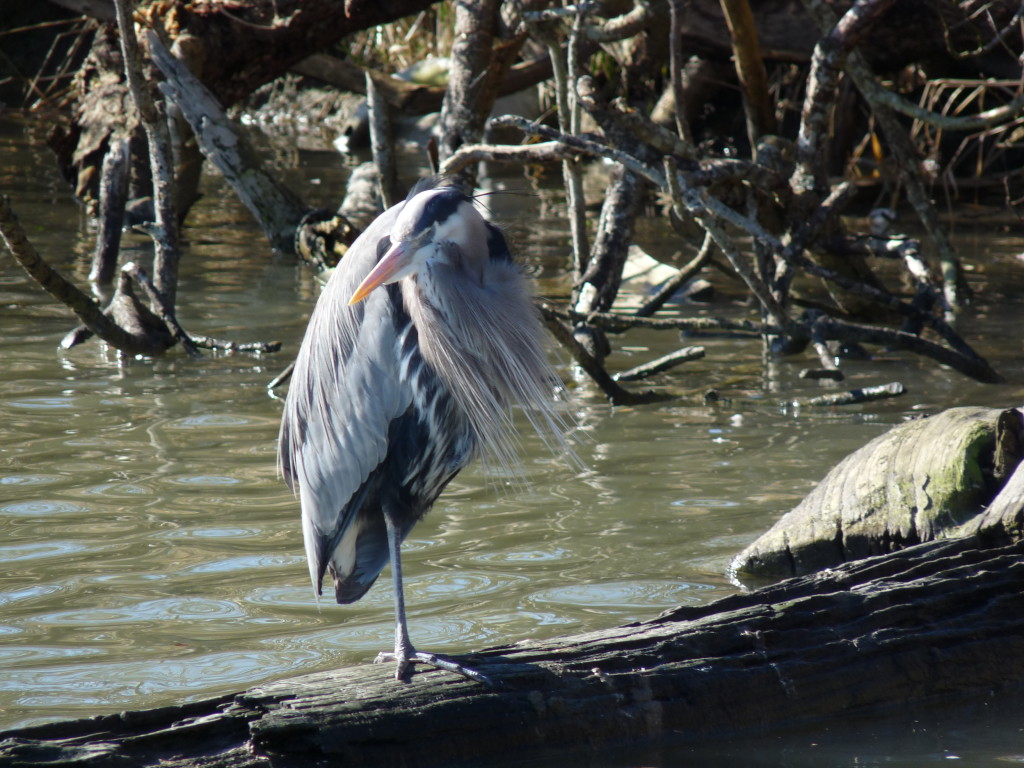
thanks for this what a delight!
Thanks Sharon, a lovely collection of some familiar feathered friends! Great shots of the quail, and the widgeons and buffleheads are lovely too, we tramp down to Descanso all winter to see them when they visit.
Thanks Sharon- very enlightening! Love the quail…Carroll H
Nice bit of vicarious birding – thank you!
very cool! love the pic of the quail!